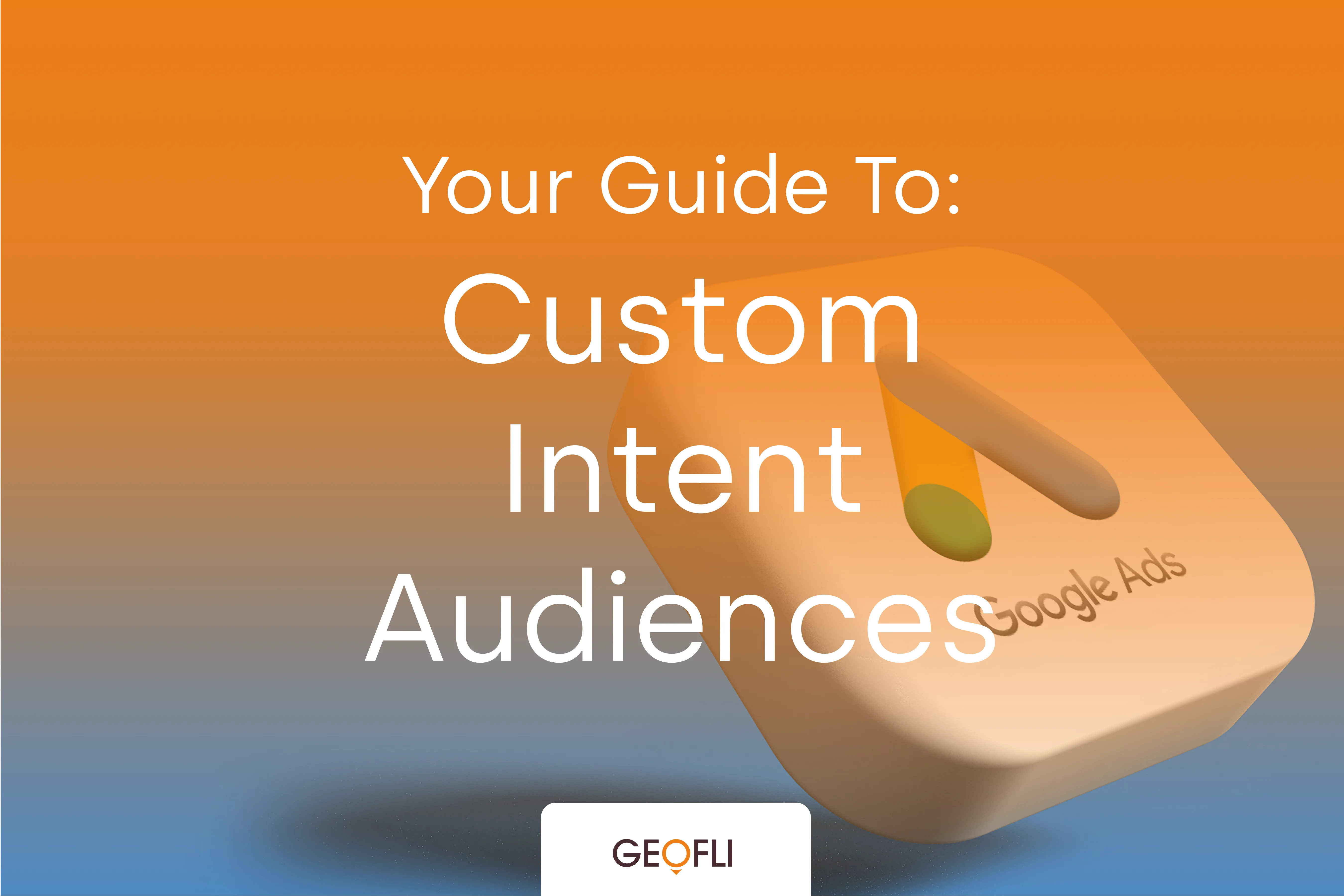A content replacement tool is any lightweight software that allows a technical or non-technical user to easily change text or images based on a customer segment. Primarily an editing tool, content replacement, when done right, doesn’t feel like marketing. Unlike other forms of online marketing, content replacement happens on existing URLs. For example, someone visiting your website (as it exists right now) from New York could see something different than someone visiting from Colorado.
Why Do Content Replacement Tools Exist?
With more than 25% of internet users installing ad-blockers, the effectiveness of buying ad space on websites, showing up as a sponsored post in Facebook and appearing in a YouTube ad are increasing in cost-per-click, cost-per-conversion and generating unqualified leads. Content replacement tools exist to bring marketers back to earth and to stop worrying about attribution analysis, mobile ad display lift and other buzzwords designed to keep you swiping your credit card.
Customer Segmentation
Many marketing and communication teams are familiar with segmenting their customers. Here are some examples:Email marketing: This one’s easy. Any respectable CRM will have advanced filtering capabilities. Send emails to users that showed interest in specific product categories, collections or services. According to MailChimp, segmenting emails has a 15% increase in open rate.Pay-Per-Click: When you are designing image ads for Google AdWords display network, it’s digital marketing 101 to build creative to match your targeting parameters. A display ad reading “We’re coming to Boston!” and displayed to your Boston audience location will perform better (sometimes 50% better) than a “We’re coming to your area!” blanketed to all locations in the U.S.Direct Mail: Colleges and universities design different publications for in-state vs. out-of-state students, domestic vs. international students. Of course, the goal is to create relevant content that is interesting to the reader. Direct mail envelopes with a targeted message: Out-of-state scholarships. Crow Agency Tuition Waiver. TOEFL Requirements.
Content Replacement on Existing Websites
In the three examples above, customers are segmented and the result is a better experience for the end user. More relevant emails, ads, and brochures. With content replacement tools, you can continue that story on the website. One URL with segmented and relevant content depending on the location of the website visitor.
The Impact of Content Replacement Tools
In separate case studies, one content replacement tool user realized a 100% increase in their e-commerce conversion rate from three percent to six percent. Stories, testimonials, and case studies that are currently buried four or five clicks from the homepage can now be surfaced based on customer segment. Surface the Texas t-shirt collection to visitors from Texas. Highlight the testimonial from the Chicago location to website visitors from Chicago.
This example shows WYR surfacing two different state collections on the same URL based on the visitor's location using GeoFli
Content Replacement vs. A/B Testing
How is a content replacement tool different from A/B testing? The biggest difference is the time and resources required to implement. Content replacement tools are remarkably lightweight. In five minutes, you could be displaying personalized content. A/B testing requires a bit more implementation and time. For example, A/B testing a headline or a call-to-action button requires a couple steps. Adding the marketing pixel to the page you’d like to A/B test, selecting the button you’d like to test, multivariate or A/B test? What does it require to get to statistical significance? How long is that going to take?The time from account creation to live content is faster with content replacement tool. The main difference is that you’re not splitting website traffic. You’re not waiting to see results, the results happen immediately. Geotargeting is a great example of instant personalization gratification. Without fancy analytics dashboards, your team will know whether or not the software is making an impact. More calls, more email submissions, subpages that typically see no traffic are being surfaced to increase relevant views and improve the experience for your customer.As simple to use content replacement tools increase in popularity, the importance of great writing has never been higher. As the ability to engage website visitors improves with on-page segmenting capabilities, the companies that are able to capitalize with relevant content will lead the way for customer experience in the future of marketing.






